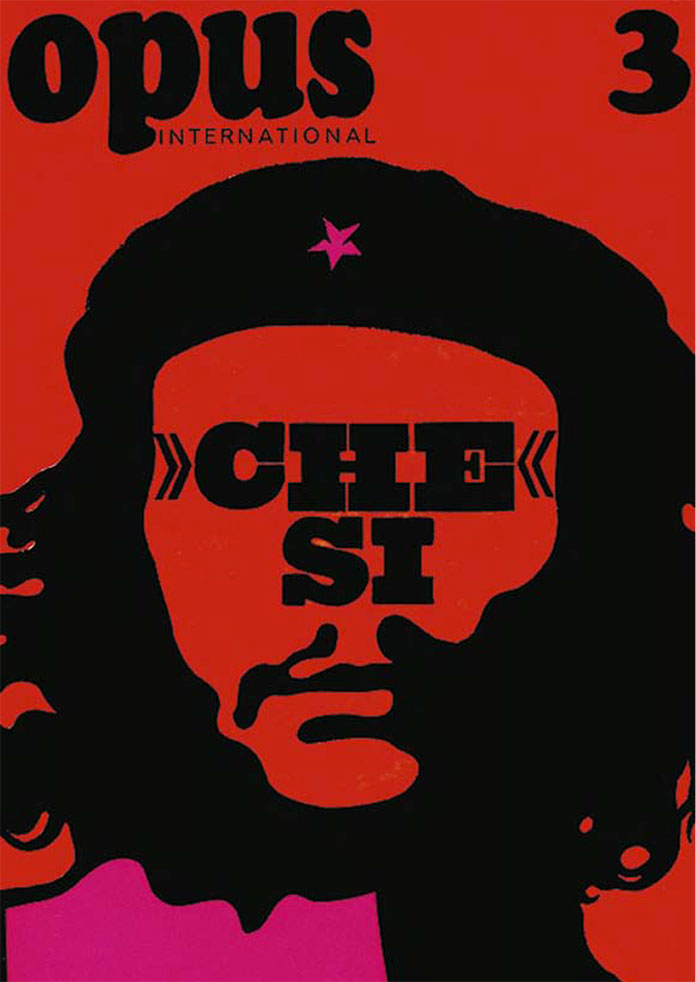Leonora Carrington and the Mexican Neo-Avantgarde in the 1960s
Abstract
The objective of this essay is to study and highlight the exchanges, contributions and correspondences between Surrealism “displaced” in Mexico from the 1940s onwards and the Mexican avant-gardes of the second half of the 20th century. Indeed, against the commonly accepted idea of a strict isolation of surrealist artists in exile, many women artist—among them Leonora Carrington, Kati Horna, Alice Rahon, Remedios Varo or Bridget Tichenor—were fully integrated into the cultural circles of the time and played a predominant role in the development of an alternative cultural network to the official artistic channels dominated by the Escuela Mexicana de Pintura.
These exchanges are reflected in the multidisciplinary participation in avant-garde events and the common desire of national and surrealist artists to create new spaces of expression outside the cultural institutions dominated by nationalist currents. Without being trapped in the shackles of artistic dogmatism, these artists managed to renew the surrealist spirit while actively participating in contemporary cultural events, from Mathias Goeritz's 1961 manifesto “(H)artista” through Salvador Elizondo's 1962 ephemeral magazine S.NOB, Alejandro Jodorowsky's panic theater, to the famous Generación de la Ruptura.

